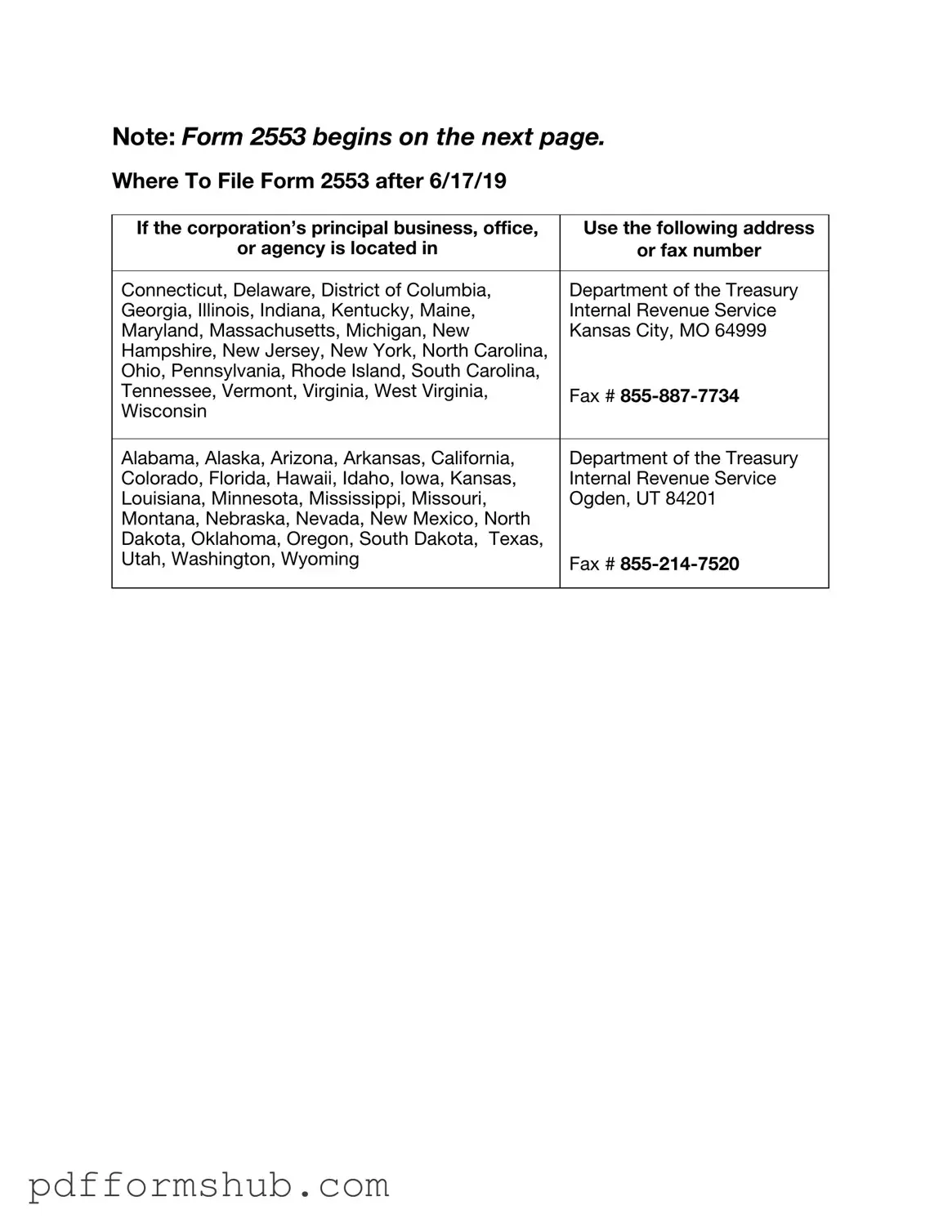For many small business owners, navigating the complexities of tax forms can feel overwhelming, but understanding the IRS Form 2553 is crucial for those looking to elect S Corporation status. This form allows eligible domestic corporations to be taxed as S Corporations, which can offer significant tax advantages, including the potential to avoid double taxation on corporate income. By filing Form 2553, businesses can pass their income, losses, deductions, and credits directly to shareholders, who then report these items on their personal tax returns. Timing is essential; the form must be filed within a specific window to ensure the election takes effect for the current tax year. Additionally, the form requires careful attention to detail, including information about the corporation's name, address, and the number of shareholders. Understanding the implications of this election, as well as the requirements and deadlines associated with Form 2553, can empower business owners to make informed decisions that align with their financial goals.
